- Home
- Stephen Baxter
The Time Ships Page 2
The Time Ships Read online
Page 2
I reached out and, on impulse, stroked the lever for futurity. The squat, tangled mass of metal and ivory shuddered like a live thing. I smiled. The machine was reminding me that it was no longer of this earth, of this Space and Time! Alone of all the material objects of the universe, save for those I had carried on my own person, this machine was eight days older than its world: for I had spent a week in the era of the Morlocks, but had returned to the day of my departure.
I dropped my pack and camera to the floor of the laboratory, and hung up my hat on the back of the door. Remembering the Morlocks’ fiddling with the machine, I settled myself to checking it over. I did not trouble to clean off the various brown spots and bits of grass and moss which still clung to the machine’s rails; I have never been one for fussy appearances. But one rail was bent out of shape, and I twisted that back, and I tested the screws, and oiled the quartz bars.
As I worked, I remembered my shameful panic when discovering the machine lost to the Morlocks, and I felt a deep surge of affection for the ugly thing. The machine was an open cage of nickel, brass and quartz, ebony and ivory, quite elaborate — like the workings of a church clock, perhaps — and with a bicycle saddle set incongruous in the middle of it all. Quartz and rock crystal, suffused with Plattnerite, glimmered about the framework, giving the whole a sense of unreality and skewness.
Of course none of it would have been possible without the properties of the strange substance I had labeled “Plattnerite.” I remembered how, by chance, I had come into possession of a sample of that material: on that night, two decades earlier, when a stranger had walked up to my door and handed me a packet of the stuff. “Plattner,” he had called himself — he was a bulky chap, a good few years older than myself, with an odd, broad, gray-grizzled head, and dressed in peculiar jungle colors. He instructed me to study the potent stuff he handed me, in a glass medicine jar. Well, the stuff had sat uninvestigated on a shelf in the laboratory for over a year, while I progressed with more substantive work. But at last, on a dull Sunday afternoon, I had taken the jar down from its shelf…
And what I had found out had, at last, led to — this!
It was Plattnerite, suffused into quartz rods, which fueled the Time Machine, and made its exploits possible. But I flatter myself to think that it took my own combination of analysis and imagination to realize and exploit the properties of that remarkable substance, where a lesser man may have missed the mark.
I had been reluctant to publicize my work, outlandish as the field was, without experimental verification. I promised myself that direct on my return, with specimens and photographs, I would write up my studies for the Philosophical Transactions; it would be a famous addition to the seventeen papers I had already placed there on the physics of light. It would be amusing, I reflected, to call my paper something dry such as “Some Reflections on the Anomalous Chronologic Properties of the Mineral ’Plattnerite,’ “ and to bury within it the thunderous revelation of the existence of time travel!
At last I was done. I set my hat square over my eyes once more, and I picked up my pack and camera and fixed them under the saddle. Then, on a sudden thought, I went to the fireplace of the laboratory and picked up the poker which stood there. I hefted its substantial mass in my hand — it might be useful! — and I lodged it in the machine’s frame.
Then I sat myself in the saddle, and I placed my hand on the white starting levers. The machine shuddered, like the animal of time it had become.
I glanced around at my laboratory, at the earthy reality of it, and was struck how out-of-place we both looked in it now — me in my amateur explorer’s garb, and the machine with its otherworldliness and its stains and scuffs from the future — even though we were both, in a way, children of this place. I felt tempted to linger. What harm would it do to expend another day, week, year here, embedded in my own comfortable century? I could gather my energies, and heal my wounds: was I being precipitate once again in this new venture?
I heard a footstep in the corridor from the house, a turn of the door handle. It must be the Writer, coming to the laboratory.
Of a sudden, my mind was set. My courage would not grow any stronger with the passage of any more of this dull, ossified nineteenth-century time; and besides, I had said all the good-byes I cared to make.
I pressed the lever over to its extreme position. I had that odd sense of spinning that comes with the first instant of time travel, and then there came that helpless, headlong feel of falling. I think I uttered an exclamation at the return of that uncomfortable sensation. I fancy I heard a tinkle of glass: a skylight pane, perhaps, blown in by the displacement of air. And, for a shredded remnant of a second, I saw him standing there in the doorway: the Writer, a ghostly, indistinct figure, with one hand raised to me — trapped in time!
Then he was gone, swept into invisibility by my flight. The walls of the laboratory grew hazy around me, and once more the huge wings of night and day flapped around my head.
[BOOK ONE]
Dark Night
[1]
Time Traveling
There are three Dimensions of Space, through which man may move freely. And time is simply a Fourth Dimension: identical in every important characteristic to the others, except for the fact that our consciousness is compelled to travel along it at a steady pace, like the nib of my pen across this page.
If only — I had speculated, in the course of my studies into the peculiar properties of light — if only one could twist about the four Dimensions of Space and Time — transposing Length with Duration, say — then one could stroll through the corridors of History as easily as taking a cab into the West End!
The Plattnerite embedded in the substance of the Time Machine was the key to its operation; the Plattnerite enabled the machine to rotate, in an uncommon fashion, into a new configuration in the framework of Space and Time. Thus, spectators who watched the departure of the Time Machine — like my Writer — reported seeing the machine spin giddily, before vanishing from History; and thus the driver — myself — invariably suffered dizziness, induced by centrifugal and Coriolis forces which made it feel as if I were being thrown off the machine.
But for all these effects, the spin induced by the Plattnerite was of a different quality from the spinning of a top, or the slow revolution of the earth. The spinning sensations were flatly contradicted, for the driver, by the illusion of sitting quite still in the saddle, as time flickered past the machine — for it was a rotation out of Time and Space themselves.
As night flapped after day, the hazy outline of the laboratory fell away from around me, so that I was delivered into the open air. I was once more passing through that future period in which, I guessed, the laboratory had been demolished. The sun shot like a cannonball across the sky, with many days compressed into a minute, illuminating a faint, skeletal suggestion of scaffolding around me. The scaffolding soon fell away, leaving me on the open hill-side.
My speed through time increased. The flickering of night and day merged into a deep twilight blue, and I was able to see the moon, spinning through its phases like a child’s top. And as I traveled still faster, the cannonball sun merged into an arch of light, spreading across space, an arch which rocked up and down the sky. Around me weather fluttered, with successive flurries of snow white and spring green marking out the seasons. At last, accelerated, I entered a new, tranquil stillness in which only the annual rhythms of the earth itself — the passage of the sun-belt between its solstice extremes — pumped like a heartbeat over the evolving landscape.
I am not sure if I conveyed, in my first report, the silence into which one is suspended when undergoing time travel. The songs of the birds, the distant rattle of traffic over cobbles, the ticks of clocks — even the faint breathing of the fabric of a house itself — all of these things make up a complex, unnoticed tapestry to our lives. But now, plucked from time, I was accompanied only by the sounds of my own breathing and by the soft, bicycle-like creaking of the Time Mac
hine under my weight. I had an extraordinary sensation of isolation — it was as if I had been plunged into some new, stark universe, through the walls of which our own world was visible as if through begrimed window panes — but within this new universe I was the only living thing. A deep sense of confusion descended on me, and worked together with the vertiginous plummeting sensation that accompanies a fall into the future, to induce feelings of deep nausea and depression.
But now the silence was broken: by a deep murmur, sourceless, which seemed to fill my ears; it was a low eddying, like the sound of some immense river. I had noticed this during my first flight; I could not be certain of its cause, but it seemed to me it must be some artifact of my unseemly passage through the stately progress of time.
How wrong I was — as so often in my hasty hypothesis-making!
I studied my four chronometric dials, tapping the face of each with my fingernail to ensure they were working. Already the hand on the second of the dials, which measured thousands of days, had begun to drift away from its rest position.
These dials — faithful, mute servants — were adapted from steam pressure gauges. They worked by measuring a certain shear tension in a quartz bar doped with Plattnerite, a tension induced by the twisting effects of time travel. The dials counted days — not years, or months, or leap years, or movable feasts! — and that was by conscious design.
As soon as I began my investigations into the practicalities of this business of traveling into time, and in particular the need to measure my machine’s position in it, I spent some considerable time trying to build a practical chronometric gauge capable of producing a display in common measures: centuries, years, months and days. I soon found I was likely to spend longer on that project than on the rest of the Time Machine put together!
I developed an immense impatience with the peculiarities of our antique calendar system, which has come from a history of inadequate adjustments: of attempts to fix seed-time and midwinter that go back to the beginnings of organized society.
Our calendar is a historical absurdity, without even the redeeming feature of accuracy at least on the cosmological timescales which I intended to challenge.
I wrote furious letters to The Times, proposing reforms which would enable us to function accurately and without ambiguity on timescales of genuine value to the modern scientist. To begin with, I said, let us discard all this nonsensical clutter of leap years. The year is close to three hundred and sixty-five days and a quarter; and that accidental quarter is the cause of all this ridiculous charade of leap year adjustments. I offered two alternative schemes, both guaranteed to remove this absurdity. We could take the day as our base unit, and devise regular months and years based on multiples of days: imagine a three-hundred-day Year made up of ten Months, each of thirty days. Of course the cycle of seasons would soon drift out of synchronization with the structure of the Year, but — in a civilization as advanced as ours — that would surely cause little trouble. The Royal Observatory at Greenwich, for example, could publish diaries each year to show the dates of the various solar positions the equinoxes and so forth just as, in 1891, all diaries showed the movable feasts of the Christian churches.
On the other hand, if the cycle of seasons is to be regarded as the fundamental unit, then we should devise a New Day as an exact fraction — say a hundredth — of the year. Naturally this would mean that the diurnal round, our periods of dark and light, of sleep and wakefulness, would fall at different times each New Day. But what of that? Already, I argued, many modern cities operated on a twenty-four-hour schedule. And as for the human side of it, simple diary keeping is not a difficult skill to acquire; with the help of proper records one would need plan one’s sleeping and wakefulness no more than a few Days in advance.
Finally I proposed we should look ahead to the day when man’s consciousness is expanded from its nineteenth-century focus on the here-and-now, and consider how things might be when our thinking must span tens of millennia. I envisaged a new Cosmological Calendar, based on the precession of the equinoxes — that is, the slow dipping of the axis of our planet, under the uneven gravitational influence of sun and moon — a cycle which takes twenty millennia to complete. With some such Great Year, we might measure out our destiny in unambiguous and precise terms, now and for all time to come.
Such rectification, I argued, would have a symbolic significance far beyond its practicality — it would be a fitting way to mark the dawn of the new century — for it would serve as an announcement to all men that a new Age of Scientific Thinking had begun.
Needless to say, my contributions were disregarded, save for a ribald response, which I chose to ignore, in certain sections of the popular press.
At any event, after all this, I abandoned my attempts to build a calendar-based chronometric gauge, and reverted to a simple count of days. I have always had a ready mind with figures, and did not find it hard to convert, mentally, my dials’ day-count to years. On my first voyage, I had traveled to Day 292,495,934, which — allowing for leap year adjustments — turned out to be a date in the year A.D. 802,701. Now, I knew, I must travel forwards until my dials showed Day 292,495,940 — the precise day on which I had lost Weena, and much of my self-respect, in the flames of that forest!
My house had been one of a row of terraces, situated on the Petersham Road — that stretch of it below Hill Rise, a little way up from the river. Now, with my house long demolished, I found myself sitting on an open hill-side. The shoulder of Richmond Hill rose up behind me, a mass embedded in geological time. The trees blossomed and shivered into stumps, their century-long lives compressed into a few of my heartbeats. The Thames was a belt of silver light, made smooth by my passage through time, and it was cutting itself a new channel: it appeared to be wriggling across the landscape after the manner of a huge, slow worm. New buildings rose like gusts of smoke: some of them even blew up around me, on the site of my old house. These buildings astonished me with their dimensions and grace. The Richmond Bridge of my day was long gone, but I saw a new arch, perhaps a mile long, which laced, unsupported, through the air and across the Thames; and there were towers upthrust into the flickering sky, bearing immense masses at their slender throats. I thought of taking up my Kodak and attempting to photograph these phantasms, but I knew that the specters would be too light-starved to enable any image to be recorded, diluted by time travel as they were. The architectural technologies I made out here seemed to me as far beyond the capabilities of the nineteenth century as had been the great Gothic cathedrals from the Romans or Greeks. Surely, I mused, in this future era man had gained some freedom from the relentless tugging of gravity; for how else could these great structures have been raised against the sky?
But before long the great Thames arch grew stained with brown and green, the colors of irreverent, destructive life, and — in a twinkling, it seemed to me — the arch crumbled from its center, collapsing to two bare stumps on the banks. Like all the works of man, I saw, even these great structures were transient chimeras, destined to impermanence compared to the chthonian patience of the land.
I felt an extraordinary detachment from the world, an aloofness brought about by my time traveling. I remembered the curiosity and exhilaration I had felt when I had first soared through these dreams of future architecture; I remembered my brief, feverish speculation as to the accomplishments of these future races of men. Now, I knew different; now I knew that regardless of these great accomplishments, Humanity would inevitably fall backwards, under the inexorable pressure of evolution, into the decadence and degradation of Eloi and Morlock.
I was struck by how ignorant we humans are, or make ourselves, of the passage of time itself How brief our lives are! — and how meaningless the events which assail our little selves, when seen against the perspective of the great plastic sweep of History. We are less than mayflies, helpless in the face of the unbending forces of geology and evolution — forces which mold inexorably, and yet so slowly that, day to
day, we are not even aware of their existence!
[2]
A New Vision
I soon passed beyond the Age of Great Buildings. New houses and halls, less ambitious but still huge, shimmered into existence around me, all about the vale of the Thames, and assumed the opacity, in the eyes of a Time Traveler, that comes with longevity. The arch of the sun, dipping across the deep blue sky between its solstice extremes, seemed to me to grow brighter, and a green flow spread across Richmond Hill and took possession of the land, banishing the browns and whites of winter. Once more, I had entered that era in which the climate of the earth had been adjusted in favor of Humanity.
I looked out over a landscape reduced by my velocity to the static; only the longest-lived phenomena clung to time long enough to register on my fleeting eye. I saw no people, no animals, not even the passage of a cloud. I was suspended in an eerie stillness. If it had not been for the oscillating sunband, and the deep, unnatural day-night blue of the sky, I might have been sitting alone in some late summer park.
According to my dials, I was less than a third of the way through my great journey — although a quarter of a million years had already worn away since my own familiar century — and yet, it seemed, the age in which man built upon the earth was already done. The planet had been rendered into that garden within which the folk who would become the Eloi would live out their futile, pretty lives; and already, I knew, proto-Morlocks must have been imprisoned beneath the earth, and must even now be tunneling out their immense, machinery-choked caverns. Little would change over the half-million-year interval I had yet to cross, save for the further degradation of Humanity, and the identity of the victims in the millions of tiny, fearful tragedies which would from now on comprise the condition of man…

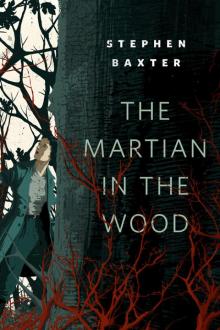 The Martian in the Wood
The Martian in the Wood THE H-BOMB GIRL
THE H-BOMB GIRL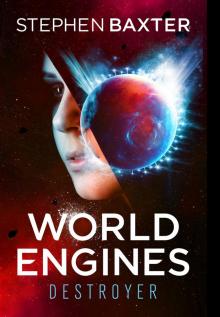 World Engine
World Engine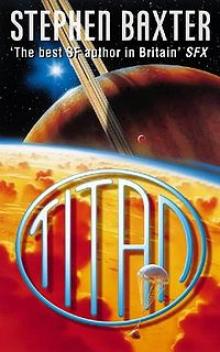 Titan n-2
Titan n-2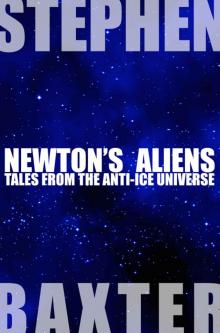 Newton's Aliens: Tales From the Anti-Ice Universe
Newton's Aliens: Tales From the Anti-Ice Universe Exultant
Exultant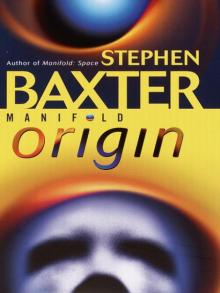 Manifold: Origin
Manifold: Origin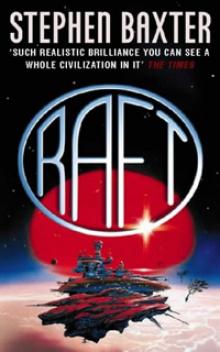 Raft xs-1
Raft xs-1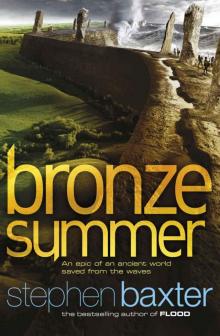 Bronze Summer n-2
Bronze Summer n-2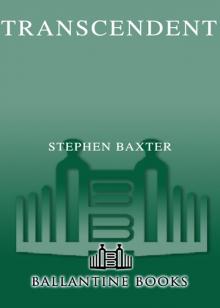 Transcendent
Transcendent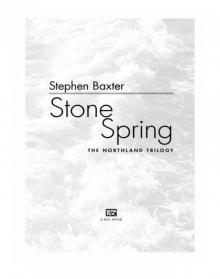 Stone Spring
Stone Spring Coalescent
Coalescent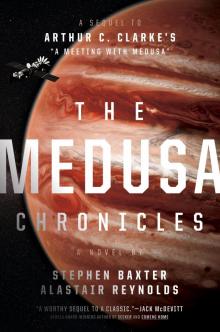 The Medusa Chronicles
The Medusa Chronicles Origin m-3
Origin m-3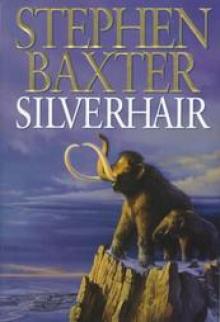 Silverhair tm-1
Silverhair tm-1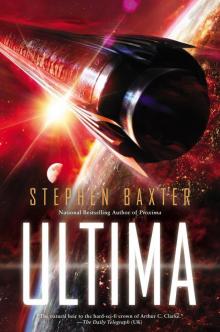 Ultima
Ultima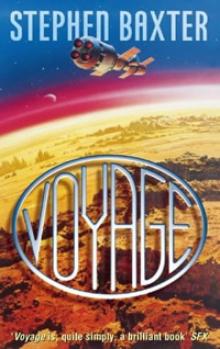 Voyage n-1
Voyage n-1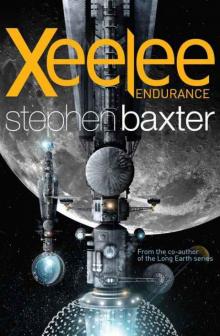 Xeelee: Endurance
Xeelee: Endurance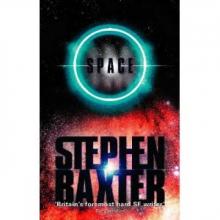 Space m-2
Space m-2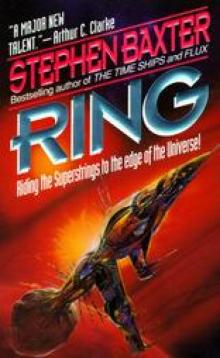 Ring xs-4
Ring xs-4 Raft
Raft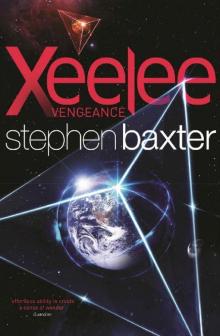 Xeelee: Vengeance
Xeelee: Vengeance Iron Winter n-3
Iron Winter n-3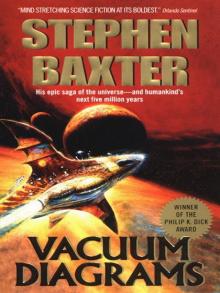 Vacuum Diagrams
Vacuum Diagrams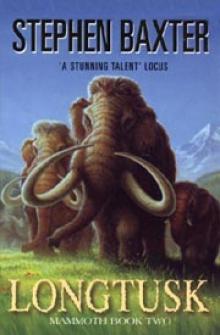 Longtusk tm-2
Longtusk tm-2 Proxima
Proxima Evolution
Evolution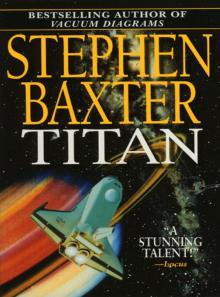 Titan
Titan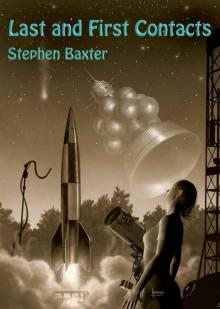 Last and First Contacts (Imaginings)
Last and First Contacts (Imaginings)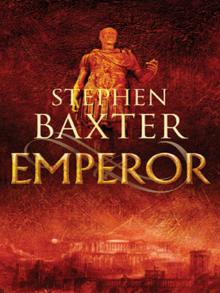 Emperor
Emperor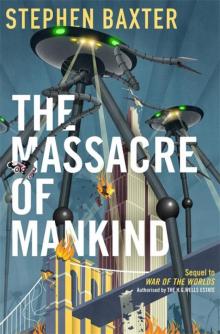 The Massacre of Mankind
The Massacre of Mankind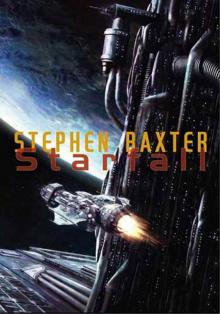 Starfall
Starfall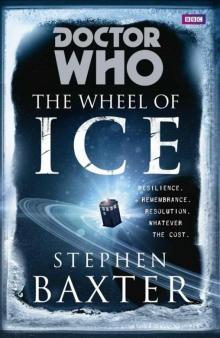 Doctor Who - The Wheel of Ice
Doctor Who - The Wheel of Ice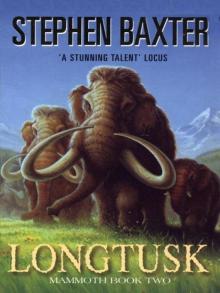 Longtusk
Longtusk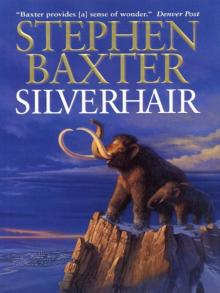 Silverhair
Silverhair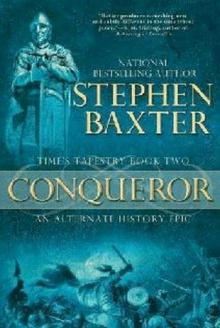 Conqueror tt-2
Conqueror tt-2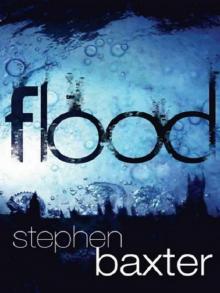 Flood
Flood Flood f-1
Flood f-1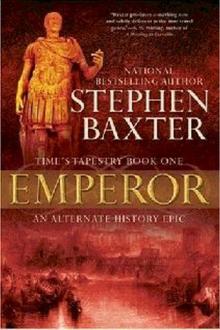 Emperor tt-1
Emperor tt-1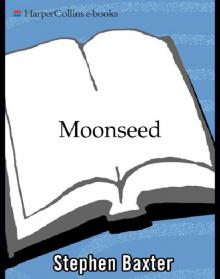 Moonseed
Moonseed Conqueror
Conqueror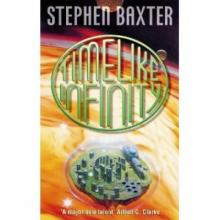 Timelike Infinity xs-2
Timelike Infinity xs-2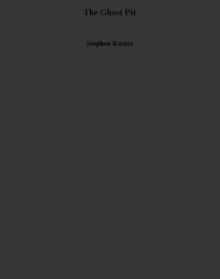 The Ghost Pit
The Ghost Pit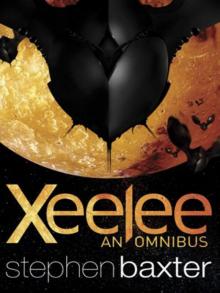 Xeelee: An Omnibus: Raft, Timelike Infinity, Flux, Ring
Xeelee: An Omnibus: Raft, Timelike Infinity, Flux, Ring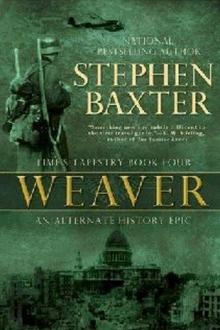 Weaver tt-4
Weaver tt-4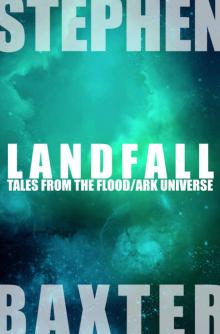 Landfall: Tales From the Flood/Ark Universe
Landfall: Tales From the Flood/Ark Universe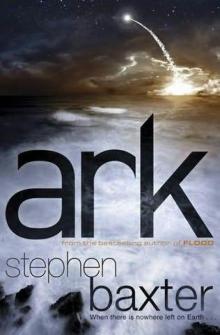 Ark
Ark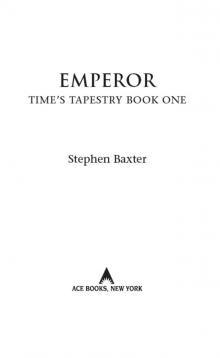 Emperor: Time’s Tapestry Book One
Emperor: Time’s Tapestry Book One Space
Space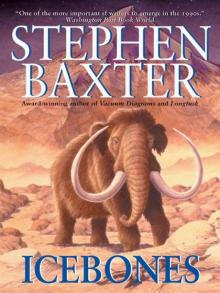 Icebones
Icebones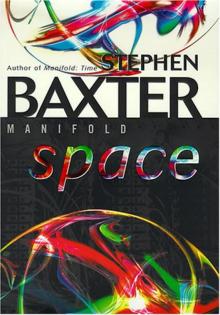 Manifold: Space
Manifold: Space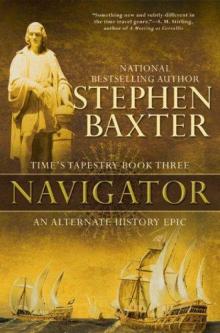 Navigator
Navigator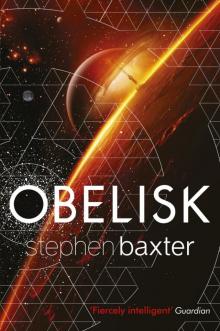 Obelisk
Obelisk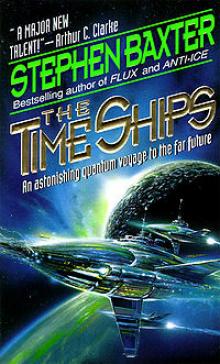 The Time Ships
The Time Ships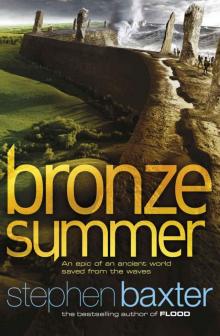 Bronze Summer
Bronze Summer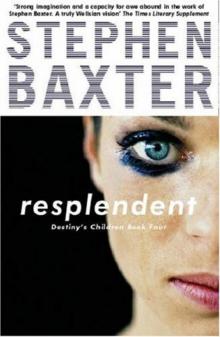 Resplendent
Resplendent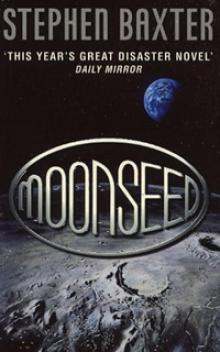 Moonseed n-3
Moonseed n-3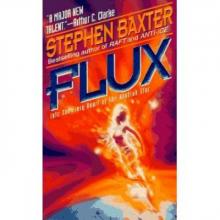 Flux xs-3
Flux xs-3 Transcendent dc-3
Transcendent dc-3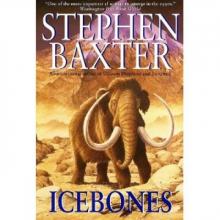 Icebones tm-3
Icebones tm-3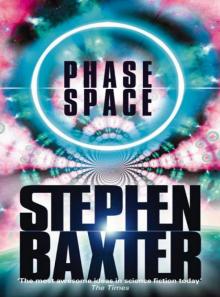 Phase Space
Phase Space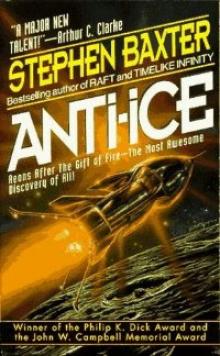 Anti-Ice
Anti-Ice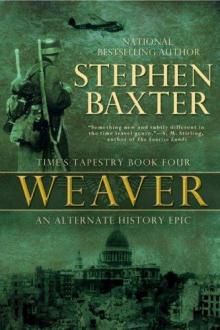 Weaver
Weaver Voyage
Voyage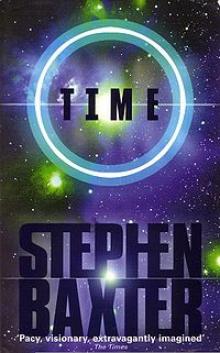 Time m-1
Time m-1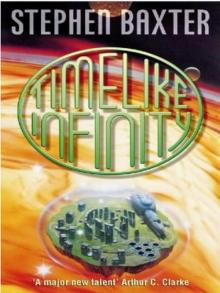 Timelike Infinity
Timelike Infinity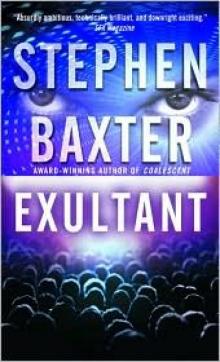 Exultant dc-2
Exultant dc-2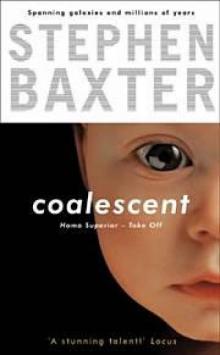 Coalescent dc-1
Coalescent dc-1 Navigator tt-3
Navigator tt-3